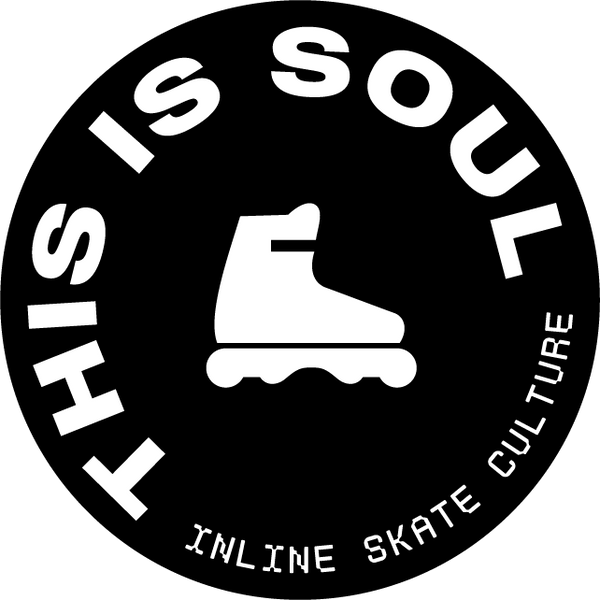Learn to drop-in
Short answer
Master the art of dropping in on a quarterpipe with our step-by-step guide. Learn techniques like the sit-in and stand-in to build confidence.
Learn to drop-in
Dropping in on a quarterpipe is a thrilling skill for inline skaters, but it requires preparation, practice, and proper technique. This guide breaks down the steps to safely learn how to drop in, covering the stand-in and sit-in techniques.
Preparation: Build your foundation
Before attempting to drop in, make sure you’re comfortable with the following skills:
- Skating with speed: You need enough control to maintain stability.
- Basic braking techniques: Ensure you can stop safely.
- How to fall: Practice falling on your knees and your side. Start stationary, then practice falling at a decent speed to build confidence.
Stand-in technique
Start with a bank before attempting a quarterpipe. The key difference is that a bank slopes straight down, while a quarterpipe has a curved transition. Place your skates in the middle of your foot, not too far forward or backward. You can practice this balance by stepping over a rail.
The stand-in has a four-step rhythm:
- Foot one
- Foot two
- Get low
- Make yourself strong
If possible, have an experienced skater assist you by holding under your armpits—not your hands. This provides better support and safety. Gradually reduce the assistance as you gain confidence. Avoid standing on the coping for too long, as hesitation increases the risk of falling. Stick to the rhythm and commit to the motion.
Sit-in technique
To learn the sit-in, begin by sitting on a curb. Push off with your hands, throw your upper body forward, and get into a low, downhill-like position as quickly as possible. The key is to lean your hips backward, not upward. Practice from a bench or bank before progressing to a quarterpipe.
Many skaters find the sit-in easier on steeper obstacles like a quarterpipe because the drop helps maintain momentum. However, always practice falling on your side beforehand to minimize the risk of injury.
Common mistakes while dropping in
One of the most common mistakes is standing with one foot ahead of the other. While this feels stable, it prevents you from quickly bending your knees to absorb a fall. Focus on keeping your feet level to maintain better control.
Which technique is easier?
For beginners, the stand-in technique is generally more intuitive and easier to master. The sit-in requires quicker body movements and more precision but can be helpful in certain scenarios. Practice both techniques to see which one works best for you.
Ready to learn?
If you’re in the Amsterdam area, join a lesson at This Is Soul Academy to get hands-on guidance from experienced instructors. For more tips and tricks, check out our other blogs and videos.
